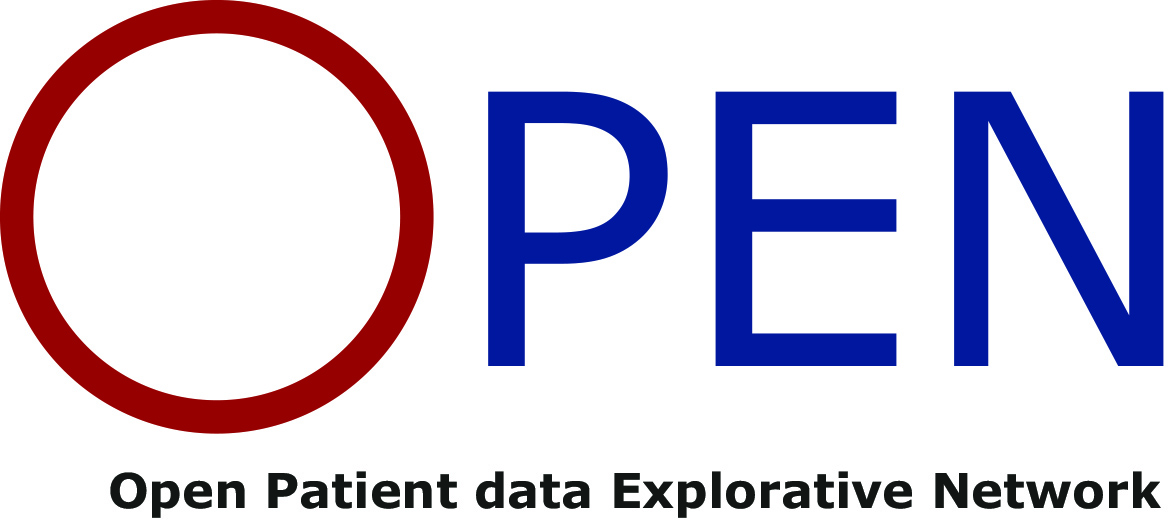
M.D.
Frederik Bloch Mangaard
Department of Dermatology and Allergy Center
| Projekt styring | ||
| Projekt status | Open | |
| Data indsamlingsdatoer | ||
| Start | 01.06.2026 | |
| Slut | 01.06.2029 | |
The Conundrum of ⍺-Gal Allergy
Short summary
The project will be first in the world ystematically investigating clinical phenotypes of the newly discovered allergy to meat, alpha-Gal allergy. Although the patients are allergic to the same allergen and all react hours after intake, their reactions patterns vary widely - both concerning dose eliciting a reaction and presence of cofactors. We aim at establishing a clinical challenge model and assess the correlation of allergen in plasma to the threshold (dose eliciting a clinical reaction).
Rationale
The allergy is characterized by classical allergic symptoms such as urticaria, gastrointestinal symptoms and anaphylaxis, but the clinical reaction is often delayed 2-6 hours, which often results in a long diagnostic delay. Ticks are responsible for sensitization of humans by transferring the carbohydrate moiety gal-α-1,3-gal via saliva from a previous bite on a four-legged animal (deer, cow, pig, sheep) into the skin of a human, thus initiating an IgE production. Although patients are allergic to the same allergen, their reaction patterns vary significantly - both regarding the dose eliciting a reaction and the presence concomitant co-factors (alcohol, NSAIDs and exercise) that can influence the reaction. We aim to establish a clinical provocation model and asses the relationship between allergen in plasma and the threshold dose (dose that elicits a reaction). Furthermore, we want to shed light on the characteristics of patients with α-gal allergy and how the syndrome affects their quality of life. The disease differs from other food allergies by being difficult to diagnose, as international guidelines for diagnosis are lacking. The provocation model, which is the gold standard for other food allergies, will ensure standardized diagnostics, and through blood tests, it will be possible to determine the plasma concentration of α-gal that corresponds to a clinical reaction. Overall, this will provide individual advice to patients on which situations that pose a risk, thereby enhancing their quality of life.
Description of the cohort
The project involves 165 patients from the Allergy Centre with α -Gal syndrome. All patients will have questionnaires to determine their clinical characeteristics. Thirty of the patients will be invited to participate in the clinical part of the study. The study is planned to start June 2026.
Data and biological material
Blood samples during challenges. Questionnaire data